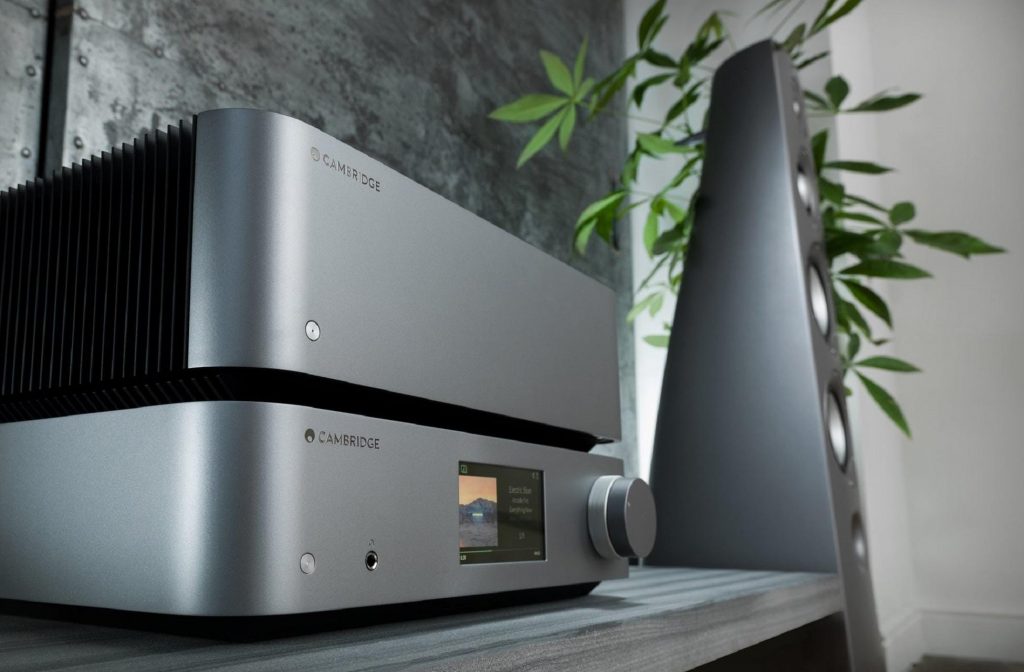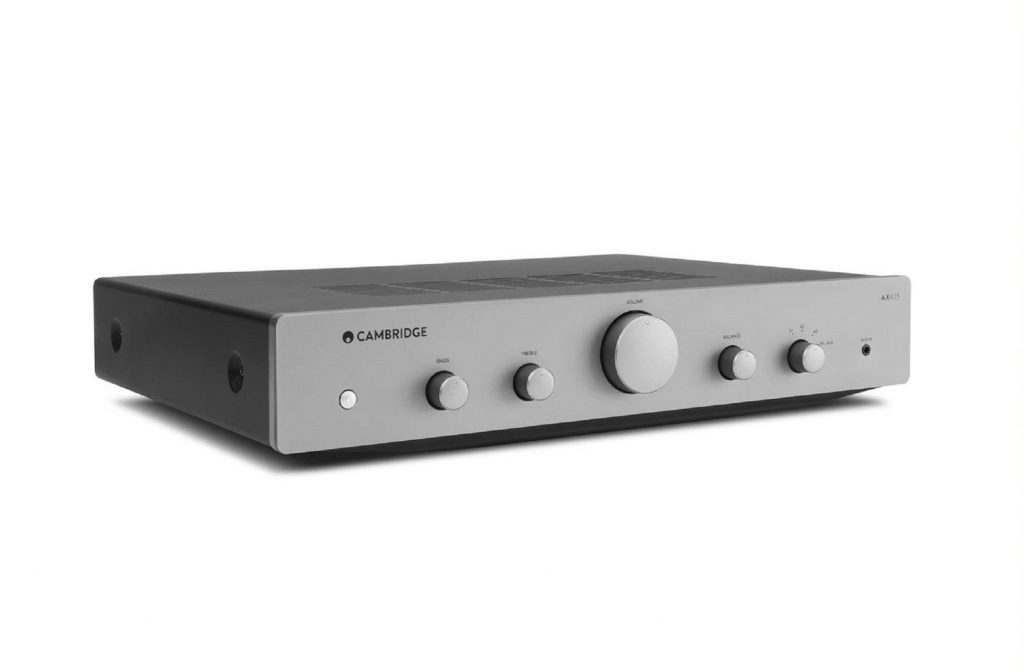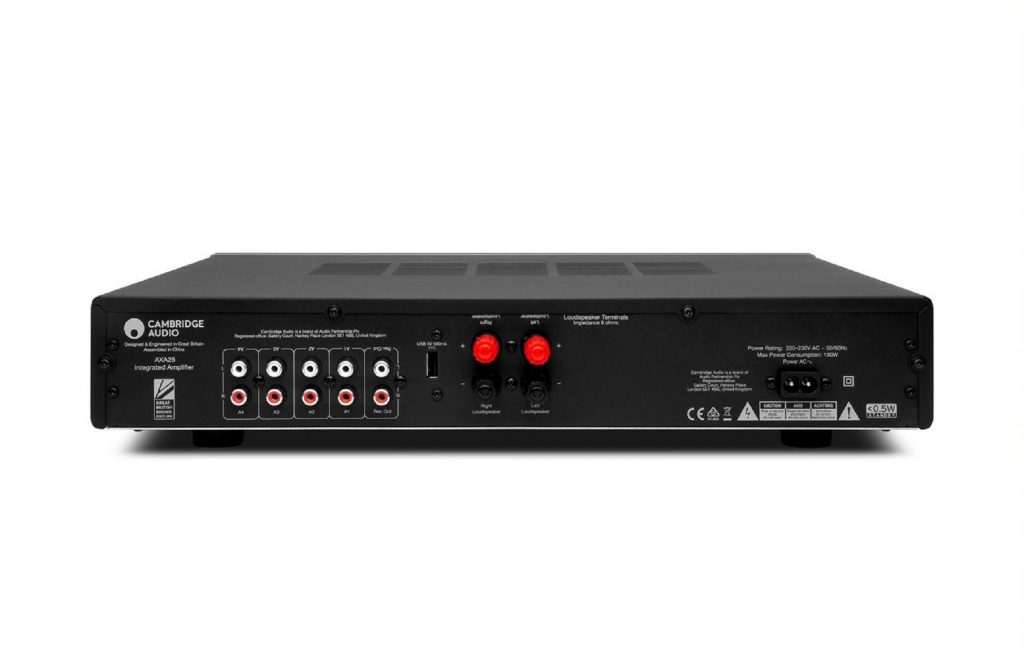
When you’re looking to build a hi-fi separates system, it all starts with the stereo amplifier (often shortened simply to “amp”). The amp sits at the heart of your system, turning signals from your various sources into rich, beautiful music. There is a lot of amazing science behind how it all works, but the aim of this guide is to break it down to the basics, as well as give you a few things to look out for.
So just what is an amplifier? It’s a device that takes the low voltage signals from your source equipment, like a CD player, and turns it into a signal with enough gain to be used to power a pair of speakers. This process is called amplification, hence the name “amplifier”.
The functions of an amp are split into two stages, preamplification and power amplification. Preamplification can be seen as ‘the part with all the knobs and switches’. It’s where you can select multiple inputs and level of gain (volume).
The second stage is where the magic really happens, where the actual amplification takes place. Gain (power) is added to the selected signal, boosting it in order to be used to power a pair of speakers, which then vibrate rapidly to produce sound.

Cambridge Audio AXA25 stereo amplifier
The majority of amplifiers you will come across are called ‘integrated amplifiers’. This means that both the preamplification and power stages are contained within one unit, working together to create sound. While it’s a bit less common, preamplifiers and power amplifiers can be bought separately, and connected together via cables.
While there are pros and cons to both setups, the main idea behind keeping the two stages separate is that there is less chance of noise, keep the sensitive preamp circuitry, and the audio signals passing through, away from the electrically noisy power amplifier stage.
Now that you understand the basics of how it works, let’s look at a few other features that most amplifiers will have.
Inputs & Outputs

Rear view of Cambridge Audio AXA25 amplifier.
As you can probably guess, inputs are where you connect your sources and outputs are where the amplified signal leaves the amp on its way to the speakers. All stereo amps will have at least one pair of line-level inputs with an RCA connection, but even the most basic amps will often feature several pairs of inputs. This allows you to connect up a variety of sources, such as CD players, cassette decks, DAB receivers and turntables with a phono stage (more on that next).
Phono Stage
The output signal from a turntable is very quiet, and needs additional amplification before it’s able to be put into an amplifier. This boost is handled by what’s called a phono stage.
Some amplifiers will have a dedicated phono stage built in, so when you plug your turntable into the specific input, it’s signal is boosted and can be heard just like your other sources.
Some turntables also have a phono stage that is built into the turntable itself, meaning you can connect them directly into any line input of your amplifier. These are a great choice if you already own an amp that lacks a phono stage. Should both your amp and turntable lack phono stages, fear not! Stand alone phono stages are readily available to remedy the issue.
Amplifiers vs Receivers

Yamaha RN602 stereo receiver
You might see the words ‘amp’ and ‘receiver’ used when looking into building your hi-fi. While these two things are very close, they aren’t totally interchangeable.
Traditionally, a receiver was an amplifier with a radio tuner built in. In more modern iterations, a receiver will now feature a DAB radio or/and the ability to stream music from an online source. Simply put, all receivers are amps, but not all amps are receivers.
Hi-Fi has been our business for over 40 years, and we pride ourselves in having great equipment for every need and budget. We stock a massive range of amplifiers and receivers, and our in-store and Telesales team can’t wait to get you started on your hi-fi journey.





